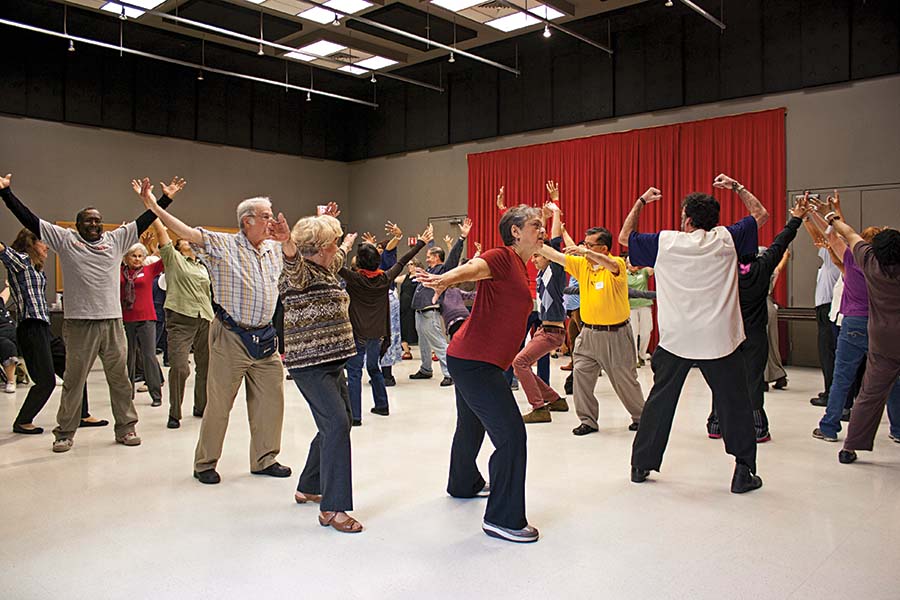In March I attended the Intersections Summit at Milwaukee Repertory Theatre, the first national gathering of community engagement practitioners from across the country in decades. The 130 attendees shared best practices around relationship-building, community partnerships, and effectively bringing equity, diversity, and inclusion into engagement work. My task was to report on the weekend convening and gather ideas for this issue on the subject. I found myself at an intersection of my own: Inspired by the work that theatres are doing to connect with their communities, at the same time I felt completely overwhelmed by how I could possibly reflect the breadth of the programs across the country.
Every company, by the very nature of theatre, practices a kind of engagement. What else would you call bringing people together to witness and experience a work of art, performed live by other people? But you’ll be hard pressed to find a theatre that doesn’t also do one or more of the following: pre- and/or post-show talkbacks, student matinees, after-school programs, training programs, in-school artists residencies, lobby displays, backstage tours—the list goes on and on. I quickly learned how much I had still to learn.
As part of my research, I visited a theatre in my own community, Irondale Ensemble Project in Brooklyn, to observe their “To Protect, Serve, and Understand” program. The theatre works with the New York Police Department to pair a group of police officers with a group of civilians, who meet to build communication and empathy in theatre workshops. I gathered around a table with the cohort for a homemade meal of spaghetti and meatballs cooked by a community member. As we played “Two Truths and a Lie” over dinner, I watched as they tentatively learned about each other and themselves. They learned even more as they played improvisational theatre games after dinner, in what must be the most mesmerizing round of Zip Zap Zop I’ve ever witnessed. Ten weeks later I came back to see a single cohesive group, a true ensemble of neighbors, performing vignettes about their time together breaking down stereotypes and opening their hearts. This is just one of many theatres all over the U.S. who make it their central practice to identify community issues, pool resources, and connect people through the power and practice of theatre.
As I began the reporting my own story on engagement, my first interviewee, Goodman Theatre director of education and engagement Willa Taylor, expressed a wish for me, saying, “I hope you get inspired by the work that people are doing. There is so much good work that is happening that people don’t know about, that even people within the field don’t understand. I think about what a difference we could make in changing the world if we all were pulling together and not competing for resources.”
Also in this special package, Theresa J. Beckhusen writes about Pillsbury House Theatre of Minneapolis’s unique service model, Kerry Reid reports on how theatres plan talkbacks that add value, and Daniella Ignacio provides a non-comprehensive sample of education programs, giving a glimpse of what some theatre companies are doing.
I hope you, too, are inspired, if not overwhelmed.


